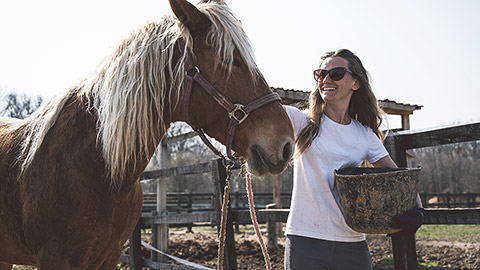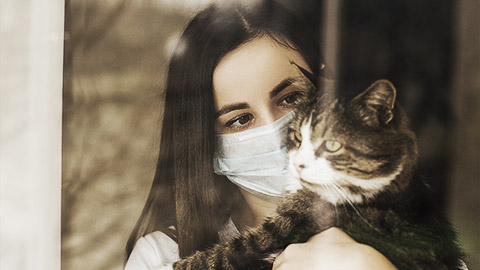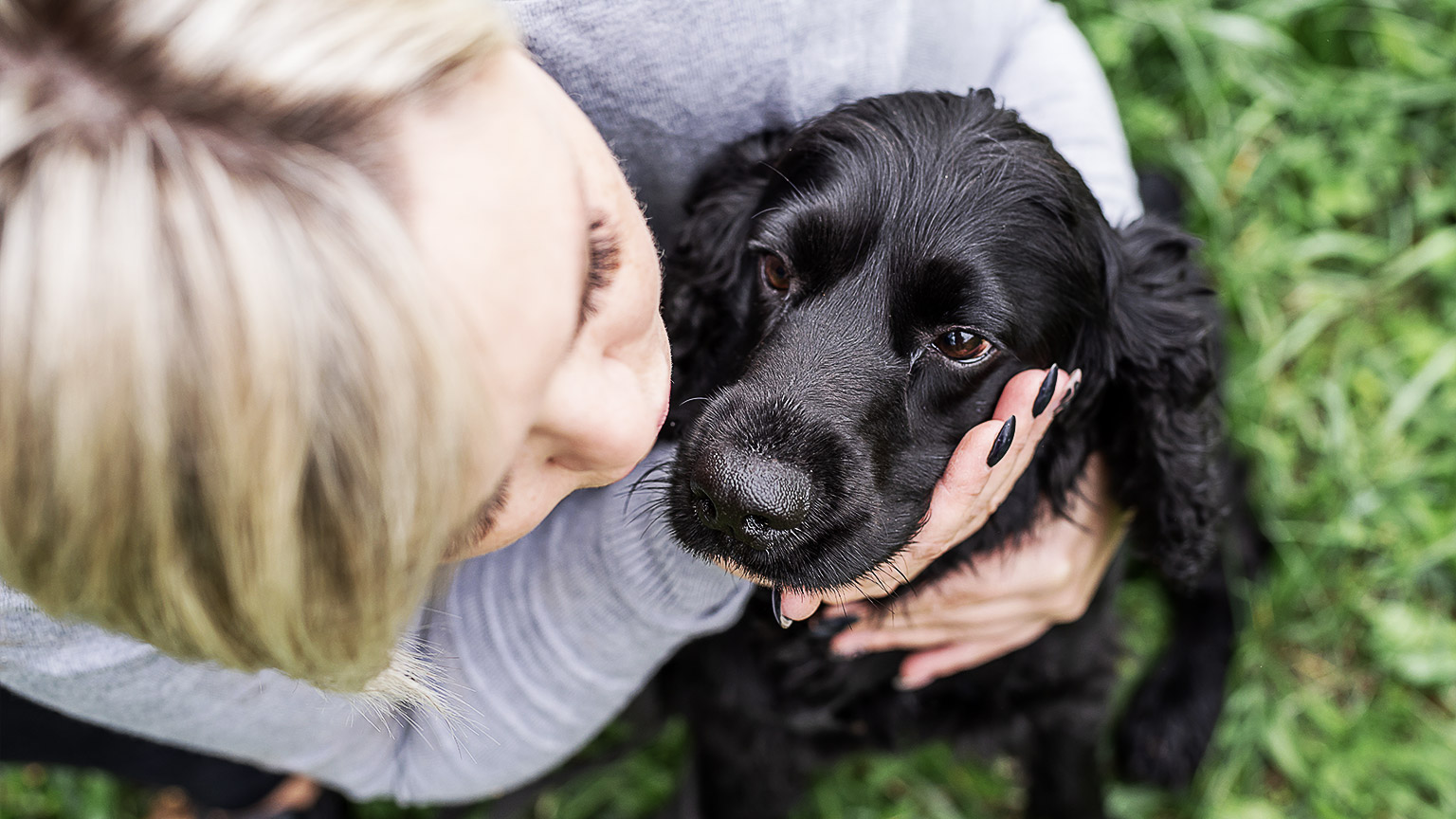Whilst working in a veterinary clinic or animal care facility you will be required to participate in the development as well as the opportunity to implement long-term strategies to manage the undesirable behaviour of animals within those facilities.

There are a number of areas in the management and strategy of dealing with those undesirable behaviours. Strategies to encourage natural behaviour may include:
- Consulting behaviour specialists for:
- Behaviour modification of animal
- Training for owner or handler
- Food or food-related enrichment to encourage foraging and hunting may be provided by:
- Giving animals opportunities to hunt or forage for food by hiding it in substrates
- Giving the animal food that requires processing (e.g. Peeling or shelling fruit or seeds)
- Gnawing manipulada (manipulation)
- Providing equipment to encourage appropriate exercise:
- Access to larger areas for free exercise or lead walking
- Climbing poles and scratching posts
- Ladders, ropes and treadmills
- Providing equipment and toys for skill development and time occupiers:
- Non-edible items that can be easily added or removed from the environment, such as toys (e.g. Balls, bells, toys, puzzles and mirrors)
- Providing species-appropriate housing and bedding:
- Hide boxes, tunnels and ladders
- Nest building or bedding material:
- Shredded paper
- Straw
- Substrate
- Wood shavings
- Perches, roosting shelves and nest boxes
- Social enrichment describes encouraging interactions with other animals or humans to develop skills. For instance:
- Levels of contact with other animals of the same species or breed
- Social interactions between the animal and the carer may also be appropriate
- Physical and psychological enrichment describes modifying the environment to promote natural behaviours and physical activity. Providing mental challenges to stimulate cognitive functions. For instance, hiding food to encourage activity, long walks, brushing, patting etc.
- Sensory stimulation enrichment describes engaging the senses through various stimuli to mimic natural environments. For instance, playing music, audio books, T.V when not at home, or providing scents in the area.
Any strategies and or management must be done in accordance with your clinic/facilities policies and procedures as well as in consultation with the supervisor, manager or business owner.
There may be in some circumstance a requirement for short-term management of animals that are exhibiting undesirable behaviour, this may be in a circumstance where the animal is malnourished and showing signs of stress as well as fear.
Then you may have to use a short term strategy such as:
- Providing the animal with food that will assist in the recovery of the animal
- Providing the animal shelter:
- Shelter from the element
- Shelter and security whilst they are eating
No matter what the strategy that is being conducted it must be conducted in accordance with the facilities policies and procedures and as directed. You must also make sure that you make a concise note on the effect of the strategy.

When preparing and implementing enrichment programs you need to make sure you are complying with animal welfare and health and safety requirements.
Safe and humane animal handling techniques
When handling and conducting behavioural management processes it is extremely important that you observe the health safety requirement as per the state and/or territories Health and Safety legislation as well as your facilities policies and procedures on health and safety.
Following the health and safety requirements will not only look after your own health and safety as well as other staff and visitors to the facility, but will also take into account the animal’s health and welfare in your facility.
Workplace policies and procedures relevant to providing enrichment to animals, including health and safety and animal welfare
Workplace policies and procedures, animal welfare and WHS requirements may include:
- Animal welfare requirements:
- Compliance to appropriate state or territory legislation and regulations
- Keeping health and behaviour records
- Providing adequate housing and stock levels
- Providing appropriate enrichment opportunities
- The absence of pests and vermin
- The compatibility of species and breeds
- WHS requirements:
- Use of relevant personal protective equipment, such as animal handling gauntlets and eyewear
- Hazard identification, risk minimisation and workplace procedures for:
- Animal bites, kicks, scratches, crush injuries
- Biological hazardous waste and sharps disposal
- Gas leakage
- Handling, use, storage, transport and disposal of chemicals and medicines
- Inhalation of aerosol particles
- Manual handling, including carrying, lifting and shifting
- Needle pricks and cuts from other sharps
- To control the release of infective agents (animal and human)
- Transmission of zoonotic diseases.
It is important when handling any animal that you follow your workplace hygiene standards, this includes the use of:
- Cleaning agents
- Cleaning techniques
- Cleaning equipment and materials
It is important that you treat all animals using the principles of animal welfare and ethics these are taken from the AVA code of professional conduct.
The community and your clients are entitled to expect that you will:
- Always consider the health, welfare and respectful treatment of the animal
- Take personal responsibility to uphold the good reputation and integrity of the profession
- Strive to provide the best possible services and improve the quality of animal health and welfare at every opportunity
- Foster and maintain good communications and relationships with your clients, earning their trust, and respecting client confidentiality
- Understand and comply with all relevant laws and guidelines, especially those regarding animal welfare, veterinary certification and the prescribing of restricted substances
- Foster and endeavour to strengthen relationships with your professional colleagues, utilising their skills where appropriate
- Maintain and continue to enhance your professional knowledge and skills
- Wherever possible, adhere to AVA policies and guidelines.
What are some examples of zoonotic diseases?

Zoonotic diseases are infectious diseases that can pass from animals to humans. Seventy-five percent of new human diseases is zoonotic.
Some zoonotic diseases, such as hydatids, anthrax, Hendra virus infection, avian influenza or rabies are potentially very serious in humans and can cause fatalities.
It is important that people who handle animals, and people like vets who treat sick animals, are very aware of the risk of zoonotic diseases.
If there is a known risk, people should take active steps to reduce the risk, e.g. by avoiding or minimising contact with potentially infective animals, or by using effective personal protective equipment (PPE) when handling such animals or their products.
The list of types of Zoonotic Diseases mentioned in various sources includes:
- Insect-borne diseases
- Mosquito-borne diseases
- Tick-borne diseases
- Rodent-borne diseases
- Flea-borne diseases
- Louse-borne diseases
- Mite conditions
- Lice conditions
- Dog bite
- Cat bite
- Toxoplasmosis - often caught from cat faeces.
- Australia bat lyssavirus
- Anthrax
- Babesiosis
- Brucellosis
- Cat scratch disease
- Giardiasis
- Histoplasmosis (Very rare in Australia)
- Listeriosis
- Psittacosis
- Q fever
- Salmonellosis
- Toxocariasis
- Hydatid disease
- Leptospirosis
- Eastern equine encephalitis
- Western equine encephalitis
As you can see from the list above there are a large number of diseases that can be caught from animals therefore it is vitally important that you follow health and safety when handling the animals at all times.

